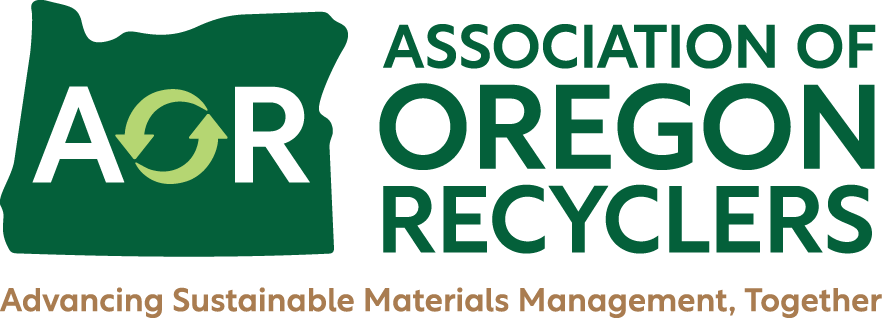AOR Learns to Love Ugly Food
Spending my days amidst can and bottle recyclers, I don’t tend to give as much thought to food. Sure, I try to buy organic. I use my compost bin. I even give leftover scraps to my three backyard chickens. But what about the food that doesn’t even make it our plates? The wasted fruit and veggies that didn’t even have a chance? What about the ugly food?
At the Sustainable Oregon Conference 2016, keynote speaker Jordan Figueiredo stole our hearts by laying out the virtues of Loving Ugly Food. What is ugly food? I’ll let these photos speak for themselves.

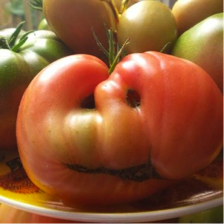
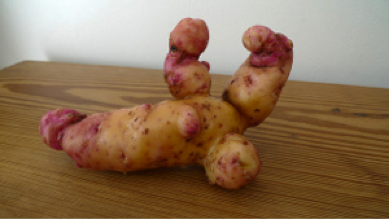
Figueiredo points out that 1 in 6 Americans are food insecure, and yet 40% of the food we produce is wasted. I’m going to say that again. 40%. That is way too close to half for my taste. And about 25% of produce in the US is thrown out before it even reaches the store– often for “cosmetic” reasons.
Why?
These shallow ideas about what food should look like are passed down from buyers to grocers to providers. This is evidenced by the fact that no major retailer in the U.S. sells “ugly” produce. In other words, we reject perfectly good food because it’s not pretty enough. This only adds to the waste that already happens in the home and in restaurants, schools and other venues.
What’s Being Done?
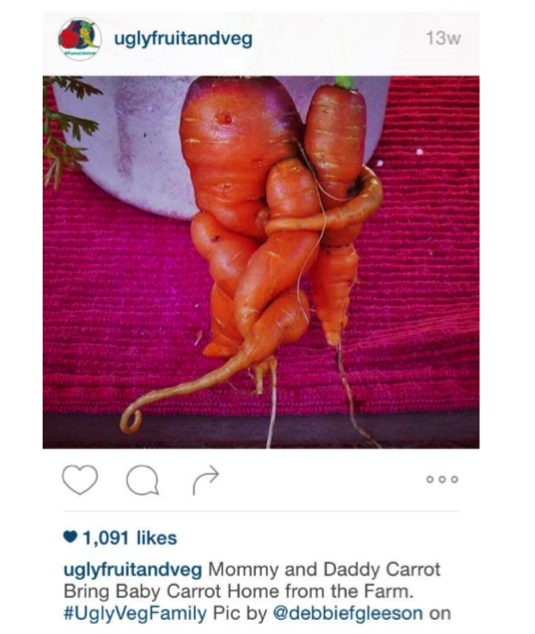 Some are harnessing the power of food in our culture to fight back. The Ugly Fruit and Veg Campaign is a great example. Awareness of “foodie” culture is high thanks to popular TV shows (Hell’s Kitchen, Top Chef), magazines (Food & Wine, Bon Appetit), festivals and events. While this platform of food love often has a focus on gourmet presentations and celebrity fanfare, it can also be used to help change our expectations about what food should look like and how it can be used. The power of media to normalize just about anything is astounding, and The Ugly Fruit and Veg Campaign is putting that power to good use on social media with pictures and hashtags.
Some are harnessing the power of food in our culture to fight back. The Ugly Fruit and Veg Campaign is a great example. Awareness of “foodie” culture is high thanks to popular TV shows (Hell’s Kitchen, Top Chef), magazines (Food & Wine, Bon Appetit), festivals and events. While this platform of food love often has a focus on gourmet presentations and celebrity fanfare, it can also be used to help change our expectations about what food should look like and how it can be used. The power of media to normalize just about anything is astounding, and The Ugly Fruit and Veg Campaign is putting that power to good use on social media with pictures and hashtags.
Food-focused events are also gaining ground. The Zero Food Waste Forum in Berkley and the Feeding the 5000 event in Oakland are just two examples. By bringing together key supporters and stakeholders, these events were able to offer the public free information about food waste, great speakers, free produce and smoothies. Events like these create an experience with food that people are likely to remember and therefore put into practice.
What Can YOU Do?
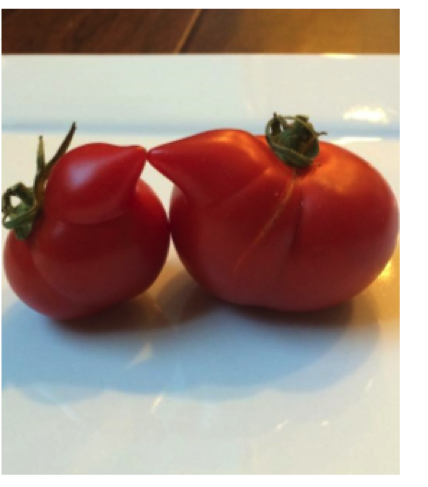 Join the movement on social media with hashtag #uglyfruitandveg.
Join the movement on social media with hashtag #uglyfruitandveg.- Help spread the #Funactivism on Twitter at https://twitter.com/uglyfruitandveg
- On Instagram at https://instagram.com/uglyfruitandveg/
- On Facebook at https://www.facebook.com/UglyFruitAndVeg
- And check out We Heart It at https://www.weheartit.com/UglyFruitAndVeg
Share articles. Write articles! Attend an event. Talk to your friends about it and if you see an ugly piece of produce, buy it! Then chop, blend, smash, sauté’, peel, steam, fry, dip, bake, slice or grate to your hearts content. As Figueiredo says, these misunderstood fruits and veggies still have a lot of love to give.
